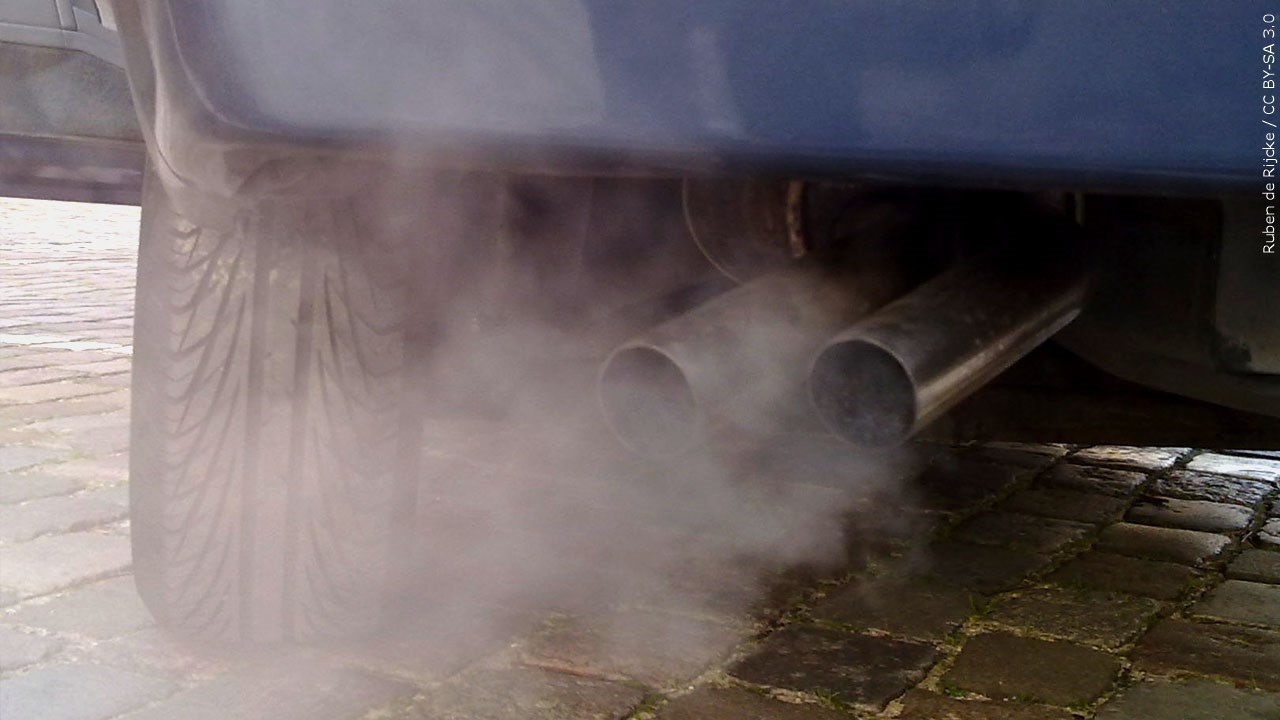MPCA says emission reduction goal in sight, industry leaders working to help
A new state report says Minnesota’s greenhouse gas (GHG) emissions have dropped by 23% between 2005 and 2020, putting the state on track to meet its climate goals for the first time.
The Minnesota Pollution Control Agency (MPCA) and Minnesota Department of Commerce report was submitted to the Minnesota Legislature Tuesday and offered hope that the state could reach its goal of reducing emissions by 30% by 2025.
According to the report, the state’s biggest GHG emissions decline is in electricity generation, which has seen a 54% reduction in emissions from 2005-20. The MPCA credits the state’s electricity generation sector moving toward renewable energy and away from coal as the main driver in that reduction.
The agency says the state’s biggest source of GHG emissions is still the transportation sector, which accounts for a quarter of Minnesota’s emissions.
“Industry policy shifts, better agricultural practices, and personal behavior changes during the pandemic provided Minnesota with a course correction, but it is essential that we double-down on climate actions that can keep us on track,” MPCA Commissioner Katrina Kessler said in a statement. “The Walz-Flanagan Administration’s Climate Action Framework and One Minnesota budget make smart investments and policy changes to further advance our state’s climate goals.”

(Ruben de Rijcke / CC BY-SA 3.0 / MGN)
“This report shows we have successes to celebrate and we have a clear path forward with the Climate Action Framework,” Commerce Commissioner Grace Arnold added. “We now have a historic opportunity for investments in clean energy, from the billions in federal funds and actions being taken by the state Legislature, to the collective efforts happening across this state by individuals and businesses, schools and other local governments, communities of all types and sizes, and our tribal nations in Minnesota.”
The MPCA report highlights agriculture, forestry, and land use jumped into the second highest contributor — noting “emissions from manure and fertilizer use increased since 2005.”
But, because the agency combines those three — farming, forestry, and land use — in that 15-year-span, the group decreased its emissions by 0.5%. The MPCA credits forest “regrowth” and better land management for the off-setting.
“We all benefit from the food production that the farmers do in Minnesota,” Kessler said, adding, “We’ve seen that [farmers] can be tremendous leaders when they, on their own, adopt climate smart farming practices and precision agriculture practices.”
Those practices can be found on Bryan Biegler’s corn and soy bean farm in southwest Minnesota — to improve fertilization, reduce erosion, and trap pollutants Biegler plants “cover crops” in his fields.
“There’s a lot of moving parts to it, but the more that we can be more efficient and reduce some of the combined combine things, I think we can help keep flowing those down,” Biegler said about the work to reduce emissions.
With the use of new technology, Biegler said he’s also been able to be more efficient.
Another farmer investing in tech is John Zimmerman, with Zimmerman Turkey Farm in Northfield. He also farms corn and soy beans, but produces thousands of turkeys.
“Most of our barns now are computer controlled and so we’re able to precisely control the environment these birds and only use supplemental heat when absolutely necessary and keep the birds as calm and healthy as possible, which increases the efficiency which obviously saves us money, but also reduces our impact on the environment.”
On top of that, Zimmerman uses the bedding from the barn to fertilize his crops and can now feed more turkeys for less because of the enhancement in feed.
The MPCA also noted changes caused by the COVID-19 pandemic, which led to a significant drop in GHG emissions in 2020. However, officials say more data from future years will show whether the trends continue.
In addition to the state’s goal of reducing GHG emissions by 30% by 2025, Minnesota also is aiming to see an 80% reduction by 2050, as laid out by the state’s 2007 Next Generation Energy Act. However, those benchmarks were actually raised last year by the Minnesota Climate Action Framework, which pushed those goals to a 50% reduction by 2030 and being net-zero by 2050.
Click here to see the full report.